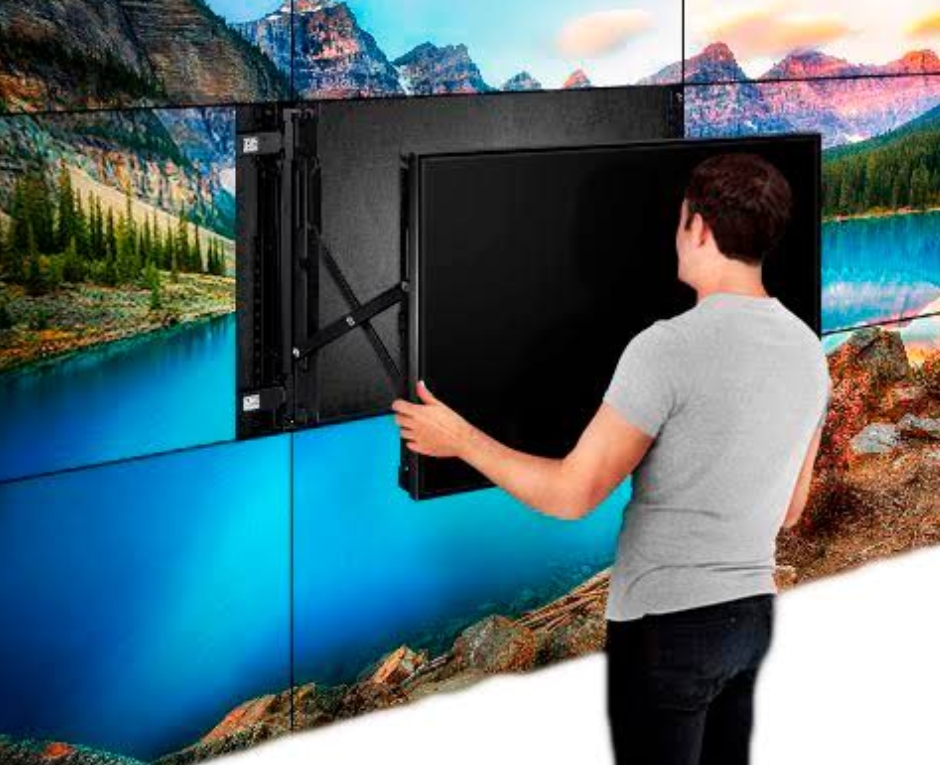
Different Parts Of An Outdoor LED Video Wall
A complicated system of various parts working together forms an outdoor LED video wall, which provides viewers with high-quality visual information. In order to make the best decision for your needs and to be able to efficiently maintain and repair the display, if necessary, it is crucial to comprehend the many components of an outdoor LED video wall. We will thoroughly examine each component of an outdoor LED video wall in this article.
LED Modules
LED modules are the most critical component of an outdoor led video wall. These small, modular units contain multiple LEDs that emit light in different colors. The modules are arranged in a grid to form a pixel matrix, which makes up the display surface. LED modules are available in different pixel pitches, which determine the density of the pixel matrix and, in turn, the resolution of the display.
Cabinet
The cabinet, which stores the LED modules, is the outdoor LED video wall’s structural element. Cabinets are often built of steel or aluminium and are intended to shield LED modules from environmental hazards like wind, rain, and freezing temperatures. In order to avoid overheating and maintain dependable operation, the cabinet is also in charge of dispersing heat produced by the LED modules.
Power Supply
The power supply is responsible for supplying power to the LED modules. Outdoor LED video walls typically require a high amount of power, and the power supply must be designed to meet this demand. The power supply may be located inside or outside the cabinet, depending on the design of the video wall.
Also read: Top 6 Video Animation Companies to do Business with in 2022
Control System
The control system is in charge of controlling what is shown on the outdoor LED video wall. You may administer and control the video wall using this system’s hardware and software from a central location. A media player is also a part of the control system, processing video data before sending it to the LED modules for display.
Video Processor
The video processor is responsible for converting the incoming video signal into a format that is compatible with the LED modules. This is important because the LED modules require a specific signal format to display content correctly. The video processor also ensures that the video content is scaled and positioned correctly on the display surface.
Cooling System
The outdoor LED video wall’s cooling system is in charge of removing the heat produced by the LED modules and other parts. This is crucial because high temperatures can harm LED modules and other parts, resulting in decreased performance and a shorter lifespan. Depending on the architecture of the video wall, the cooling system may use fans or liquid cooling systems.
Mounting Hardware
The mounting hardware is responsible for securing the outdoor LED video wall to the mounting surface, such as a wall or support structure. The mounting hardware must be designed to withstand the weight and forces generated by the video wall, ensuring that the display remains stable and secure.
Wiring and Cabling
The outdoor LED video wall’s wiring and cabling are crucial parts since they link the various parts of the system and make them functional. The wiring and cabling needs to be made to withstand the harsh conditions of outdoor locations, including wetness, chilly temperatures, and UV radiation.
Conclusion
In conclusion, an outdoor LED video wall is a sophisticated system of several parts that work together to provide viewers with high-quality video information. In order to make the best decision for your needs and to be able to efficiently maintain and repair the display, if necessary, it is crucial to comprehend the many components of an outdoor LED video wall. Understanding the various components of an outdoor LED video wall can help you choose a system for your project with confidence and ensure that your display operates consistently and provides visitors with high-quality material.







